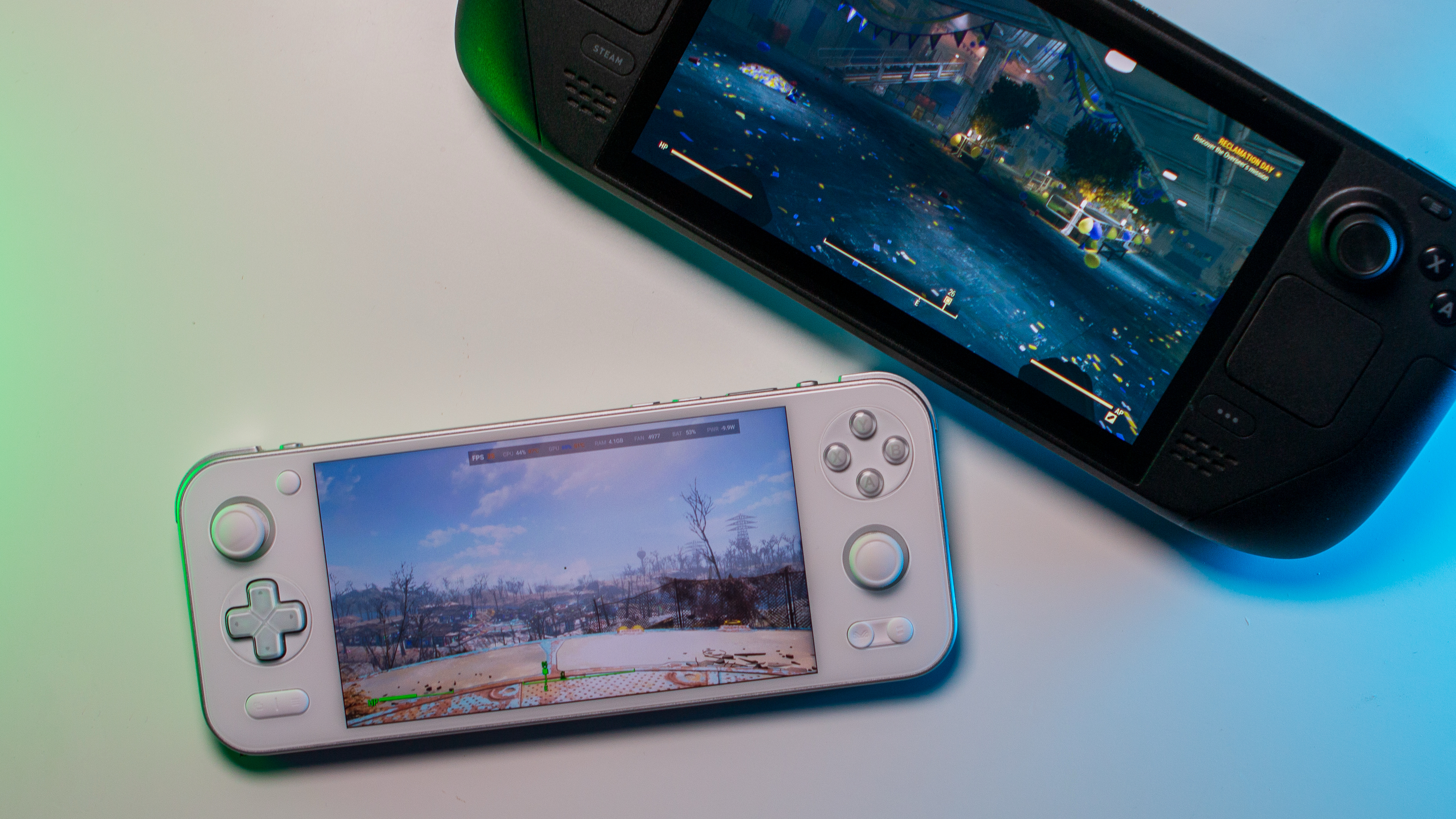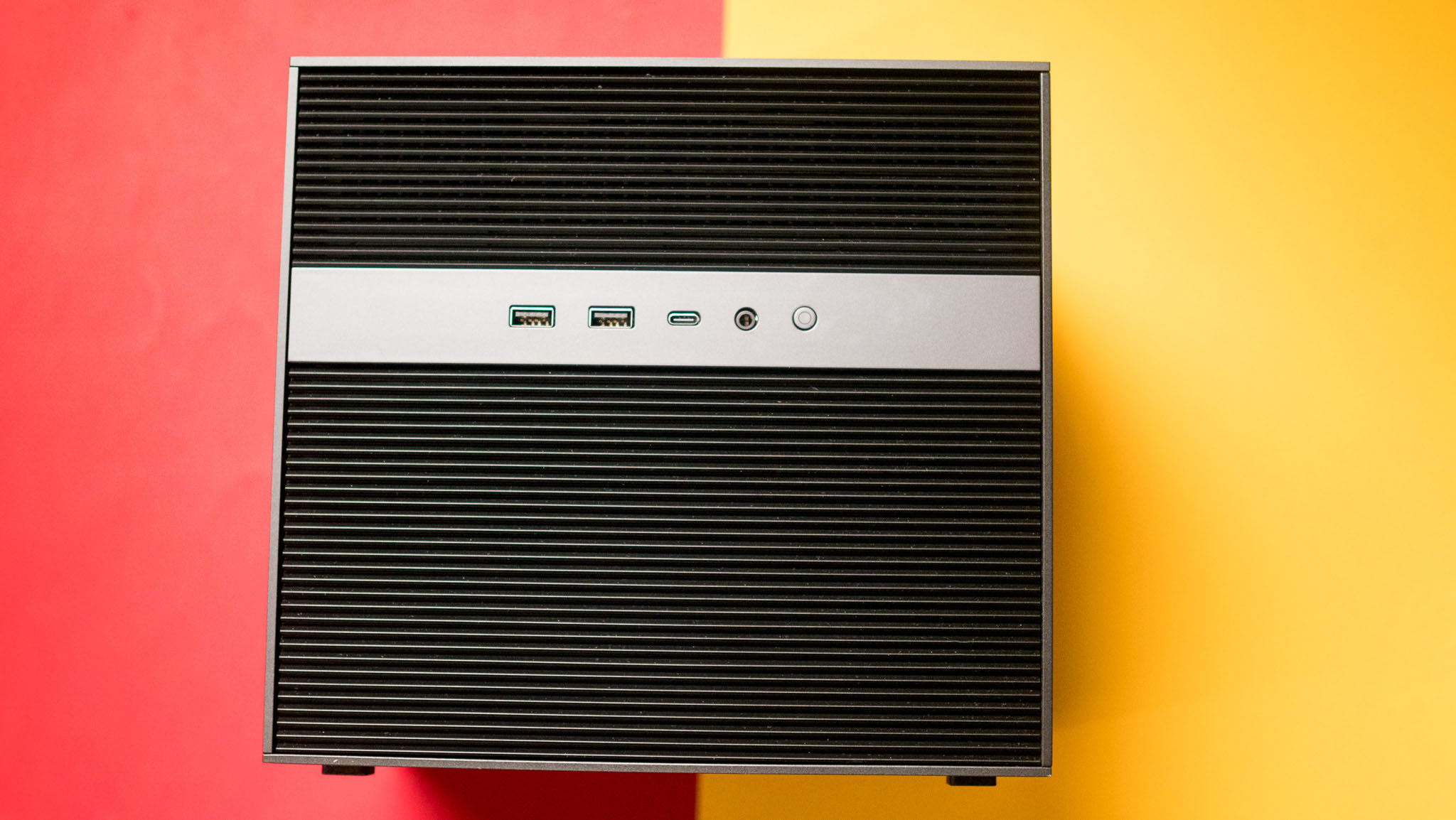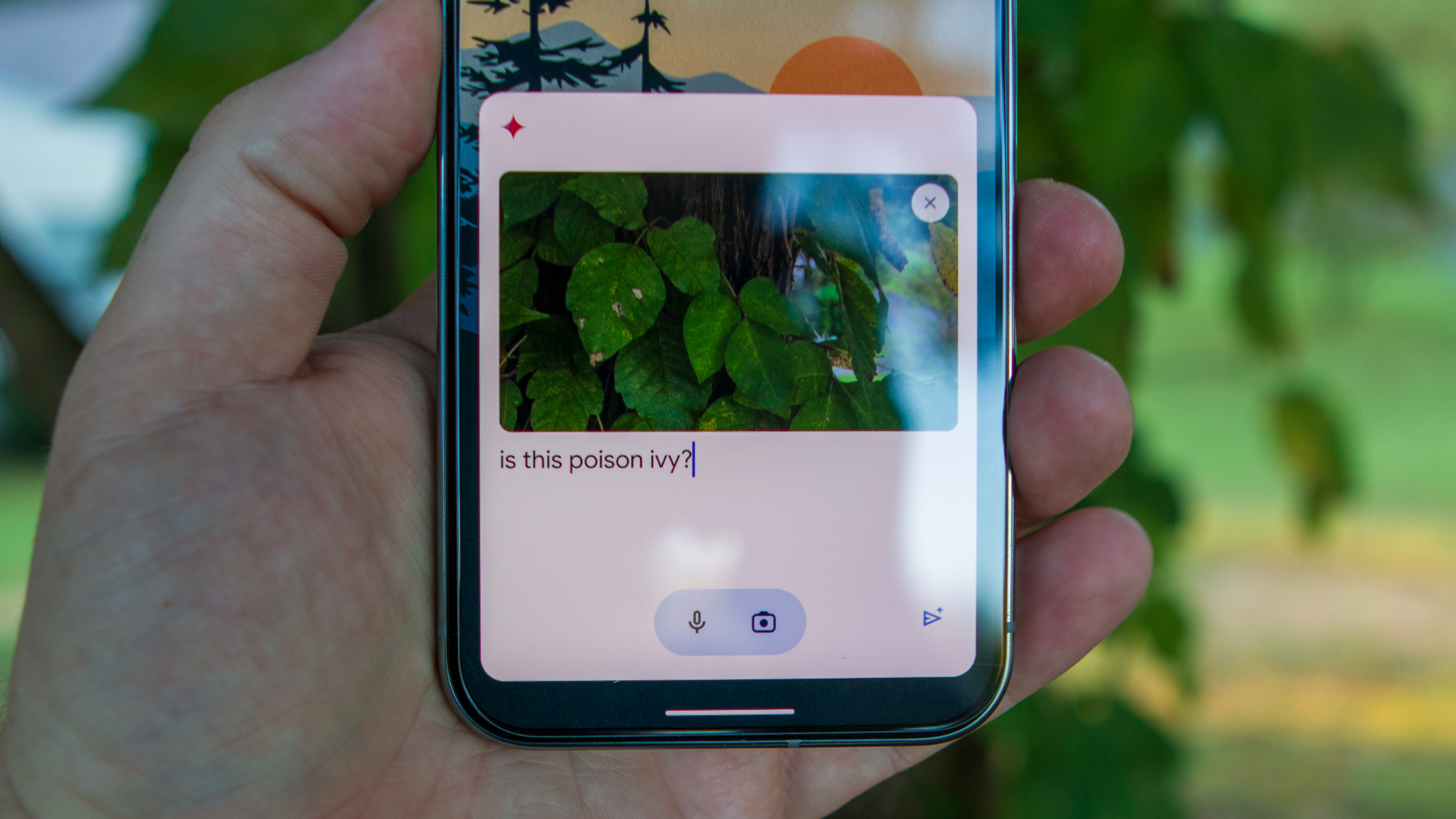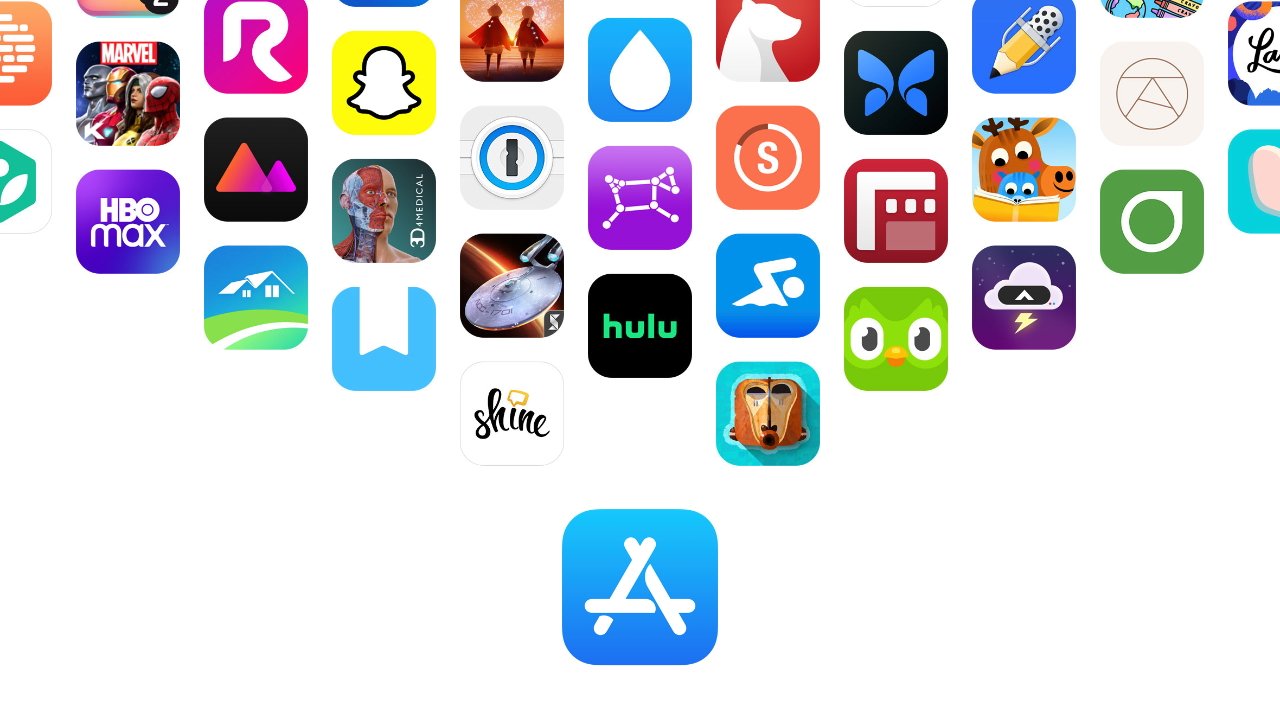Samsung's Ballie Robot Set to Integrate Google AI for Enhanced Smart Home Interactions

Samsung has unveiled new developments regarding its innovative robot, Ballie, which has been undergoing testing and refinement behind the scenes at the tech giants research facilities for several years. This charming, wheeled device is designed to serve as both a companion and a helper within the smart home environment. Equipped with an array of advanced features, Ballie comes with a built-in projector, sophisticated camera sensors that allow it to perceive its surroundings, and a speaker for interacting with users in a more personalized manner.
The significant announcement today is Samsung's decision to integrate Googles cloud-based Gemini AI models into Ballie, paving the way for natural, conversational interactions. This upgrade will enable the robot to perform a variety of tasks that enhance daily living, such as greeting guests, adjusting smart lighting, and setting reminders. In addition to the Google AI integration, Samsung assures users that Ballie will continue to utilize some of its own proprietary language models, particularly for more personalized tasks such as fashion advice or hairstyle suggestions.
Moreover, Ballie will leverage Google Search capabilities to provide tailored recommendations, especially aimed at those moments when users feel a lack of motivation. However, Samsung also cautions against relying on Google for health guidance, humorously expressing the hope that Dr. Ballie wont inadvertently promote unhealthy habits through unexpected suggestions or hallucinations from its AI.
Looking ahead, Samsung has hinted that Ballie is expected to hit the market sometime this summer. However, skepticism remains among tech enthusiasts and consumers alike, as Samsung has touted the robot's capabilities since 2020 without a commercial release. In its earlier iterations, Ballie resembled a rubber band ball, complete with multiple sensors. During the 2024 Consumer Electronics Show (CES), the company presented a new design featuring a tennis ball shape, a wider screen, and an improved built-in projector.
At this years CES, Samsung showcased Ballie's enhanced AI functions that enable it to respond to user queries, yet actual engagement with users has largely been limited to staged demonstrations. Competing with Ballie in the smart home arena is Amazons new smart home assistant, Alexa+, which aims to provide similar functionalities via the Echo Show device. Despite being rolled out to early access users just last week, Alexa+ has faced criticism for missing several promised features, including easy food ordering through Amazon Fresh. According to reports from The Washington Post, leaked internal documents indicated that these anticipated features have not met Amazon's readiness standards and are expected to remain unavailable for at least two more months.
This situation with Alexa+ raises doubts about the reliability of AI-powered smart home devices and their real-world functionality. Caution is warranted until Ballie is physically available to consumers. Samsung has a reputation for showcasing ambitious tech ideas, like its fitness exoskeleton, which ultimately do not reach the market. Yet, there are instances where Samsung has successfully delivered on its promises, such as with its glasses-free 3D monitor, which is now available for preorder at a steep price of $2,000.
As the tech landscape continues to evolve, its worth noting that the price of Ballie is likely to be a significant consideration. Given the ongoing disruptions in supply chains caused by tariffs and other market factors, the initial cost of Samsung's first home robot is expected to be high. Should Ballie become a reality in consumers' homes, it could represent a costly addition to daily living, potentially introducing new trip hazards to ones environment.


























